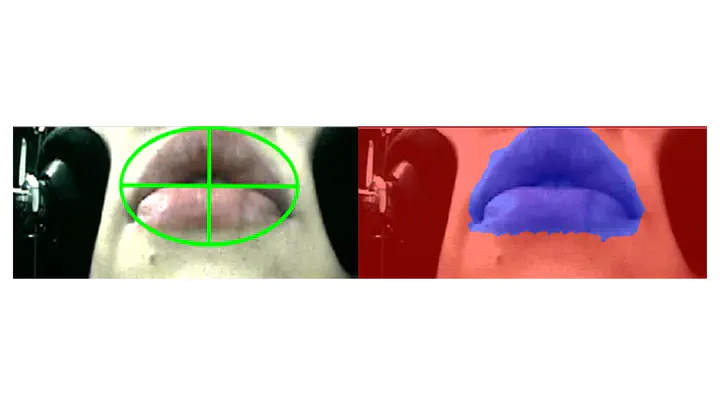
Abstract
The secondary labial articulation which accompanies the post-alveolar approximant /r/ in English has attracted far less attention from linguists than the primary lingual one. However, the lips may be particularly important in the variety of English spoken in England, Anglo-English, because non-lingual labiodental articulations ([ʋ]) are on the rise. Labiodentalisation may be due to speakers retaining the labial gesture at the expense of the lingual one, implying that /r/ is always labiodental even in lingual productions. We verify this assumption by comparing the labial postures of /r/ and /w/ in Anglo-English speakers who still present a lingual component. If post-alveolar /r/ is labiodental, the labial gesture for /w/, which is unequivocally considered rounded, should differ considerably. Techniques from deep learning were used to automatically classify and measure the lip postures for /r/ and /w/ from static images of the lips in 23 speakers. Our results suggest that there is a recognisable difference between the lip postures for /r/ and /w/, which a convolutional neural network is able to detect with a very high degree of accuracy. Measurements of the lip area acquired using an artificial neural network suggest that /r/ indeed has a labiodental-like lip posture, thus providing a phonetic account for labiodentalisation. We finish with a discussion of the methodological implications of using deep learning for future analyses of phonetic data.